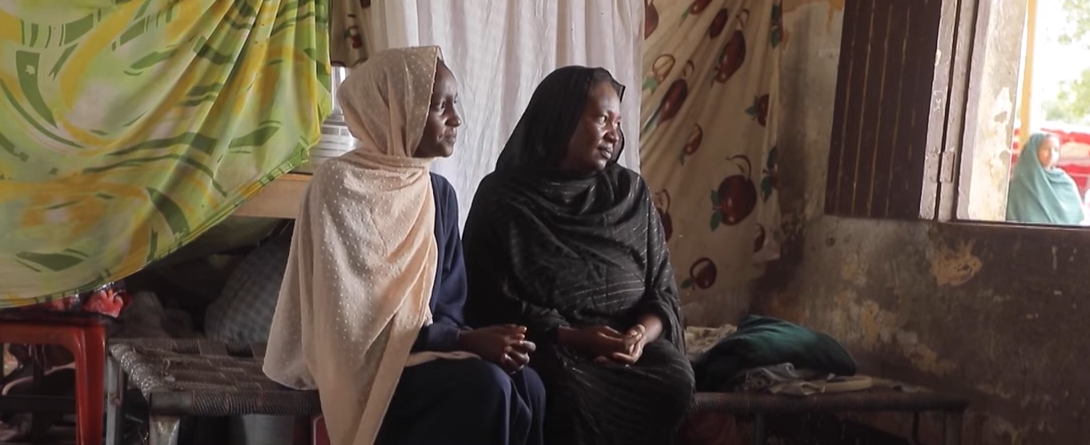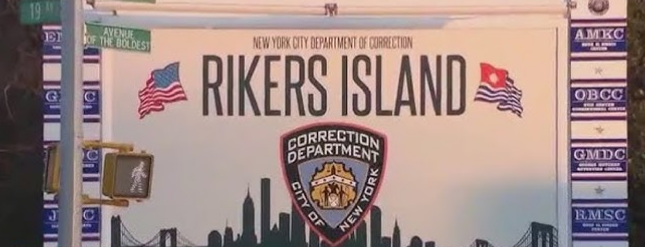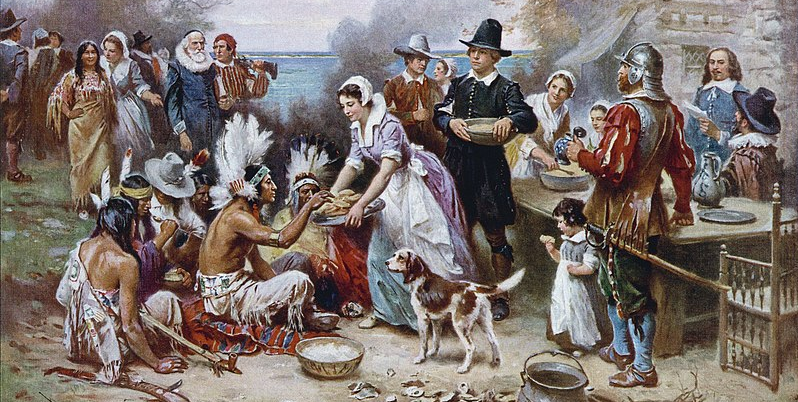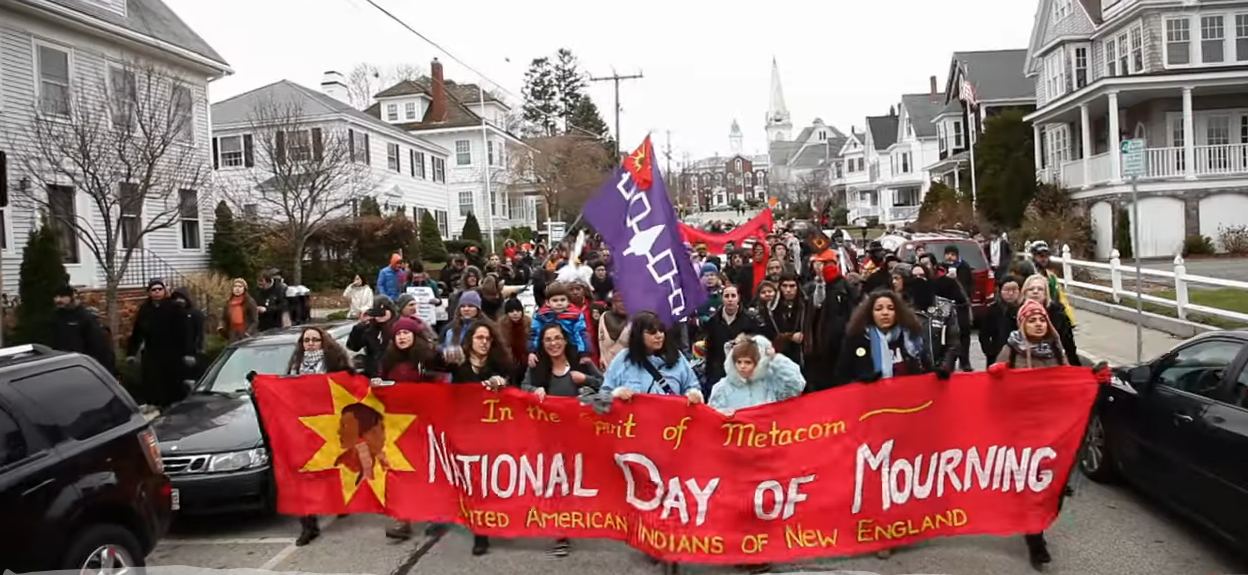Photos: EJI
In the past few months, hundreds of community members around the country have partnered with EJI’s Community Remembrance Project to acknowledge and document our history of racial terror by unveiling narrative historical markers.
Jacksonville, Florida
On October 17, 904WARD and the Jacksonville Community Remembrance Project, in partnership with EJI, unveiled a historical marker at the Evergreen Cemetery in Jacksonville, Florida. The marker memorializes Bowman Cook and John Morine, two Black World War I veterans who were lynched during the Red Summer of 1919.
About 100 people gathered in person to attend the ceremony, which was also live streamed and is available to watch on the coalition’s YouTube page.
The coalition has hosted community soil collections for Bowman Cook and John Morine as well as for other documented victims of racial terror lynching. The coalition also hosted a racial justice essay contest for students who attend Duval County public schools.
Asheville, North Carolina
The Buncombe Community Remembrance Project and the MLK Association of Asheville and Buncombe County partnered with EJI to dedicate three historical markers on October 30 in memory of three documented victims of racial terror lynching in Buncombe County: John Humphries (1888), Hezekiah Rankin (1891), and Bob Brackett (1897).
Over 200 community members gathered for the dedication ceremony in downtown Asheville at Pack Square Park, where the marker memorializing John Humphries stands near the jail where a white mob abducted the teenager before he was lynched.
The marker memorializing the lynching of Bob Brackett is located at Triangle Park in The Block, a historically Black business district in Asheville. The third marker, which memorializes the lynching of Hezekiah Rankin, was erected in front of the Craven Street Bridge in the River Arts District near the site where he was lynched.
The winners of the EJI Racial Justice Essay Contest were invited to read their essays at the marker unveilings, which took place at the site of the markers following the main ceremony.
Leonardtown, Maryland
Community members gathered on November 1 in St. Mary’s County, Maryland, to dedicate a new historical marker in memory of Benjamin Hance, a 22-year-old Black man who was lynched by a white mob in Leonardtown on June 17, 1887. Members of the St. Mary’s County Museum Division in partnership with EJI installed the marker at the Old Jail Museum, located at 41625 Courthouse Road, which was the site where the mob abducted Mr. Hance from jail before hanging him to death at a nearby location.
Over a hundred community members attended the dedication ceremony to memorialize Mr. Hance, including representatives from local government, county institutions, schools, faith communities, and the Maryland Lynching Memorial Project. Students attending high school in St. Mary’s County also received scholarship awards for participating in the St. Mary’s County Just Society arts competition.
Dallas, Texas
On November 20, the Dallas County Justice Initiative, in partnership with EJI, unveiled a historical marker in memory of Allen Brooks, a Black man who was lynched by a white mob in Dallas, Texas, in 1910. The marker is located at the intersection of Main and Akard streets in downtown Dallas, at the location where Mr. Brooks was lynched.
Several hundred community members gathered for the dedication ceremony. The program included remarks from several county commissioners, faith leaders, pan-African drummers, and written remarks from the mayor. Members of the coalition read the marker text and then invited community members to place 110 white carnations at the base of the marker to represent 110 years since Mr. Brooks was lynched.
There was then a drum processional to the Old Red Courthouse, the location where the white mob abducted Mr. Brooks from law enforcement custody. There was a brief libations ceremony at the courthouse, and doves were released. Community members were then invited to place 59 red roses at the base of the window from which the mob dragged Mr. Brooks, to represent his 59 years of life.
Greenville, South Carolina
Also on November 20, the Community Remembrance Project of Greenville County, South Carolina, in partnership with EJI, dedicated a new historical marker in memory of Tom Keith, an older Black man who was lynched by a white mob on August 16, 1899, in Greenville. The marker was installed near Mt. Sinai Baptist Church, located at 1101 Roe Ford Road, on property owned by Furman University. Local research indicates that Mr. Keith was likely captured along Roe Ford Road by the white mob who lynched him and threw his body in the Saluda River.
At least 160 community members attended the dedication ceremony to memorialize Mr. Keith, including representatives from the city council, Furman University, and local institutions and faith communities. Loretta Holloway, South Carolina’s Official First Lady of Song, wove together themes of remembrance, tragedy, and working to overcome injustice through a unique rendition of Strange Fruit and a stunning performance of Dream the Impossible Dream. Speakers at the ceremony focused on the importance of recognizing the legacy of racial injustice in Greenville and underscored that hope for a more just and equitable community requires looking honestly at the past to better understand and respond to present challenges.












